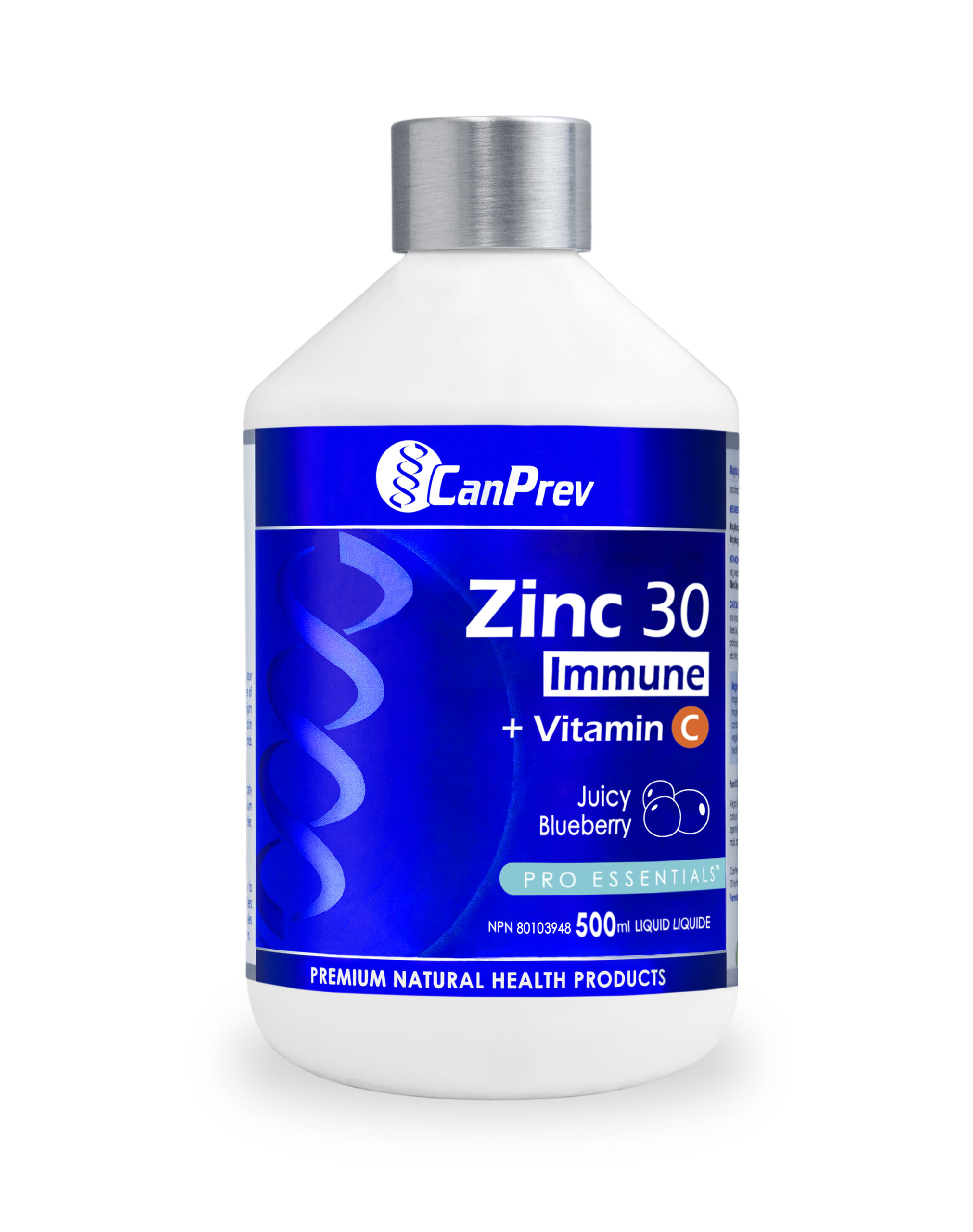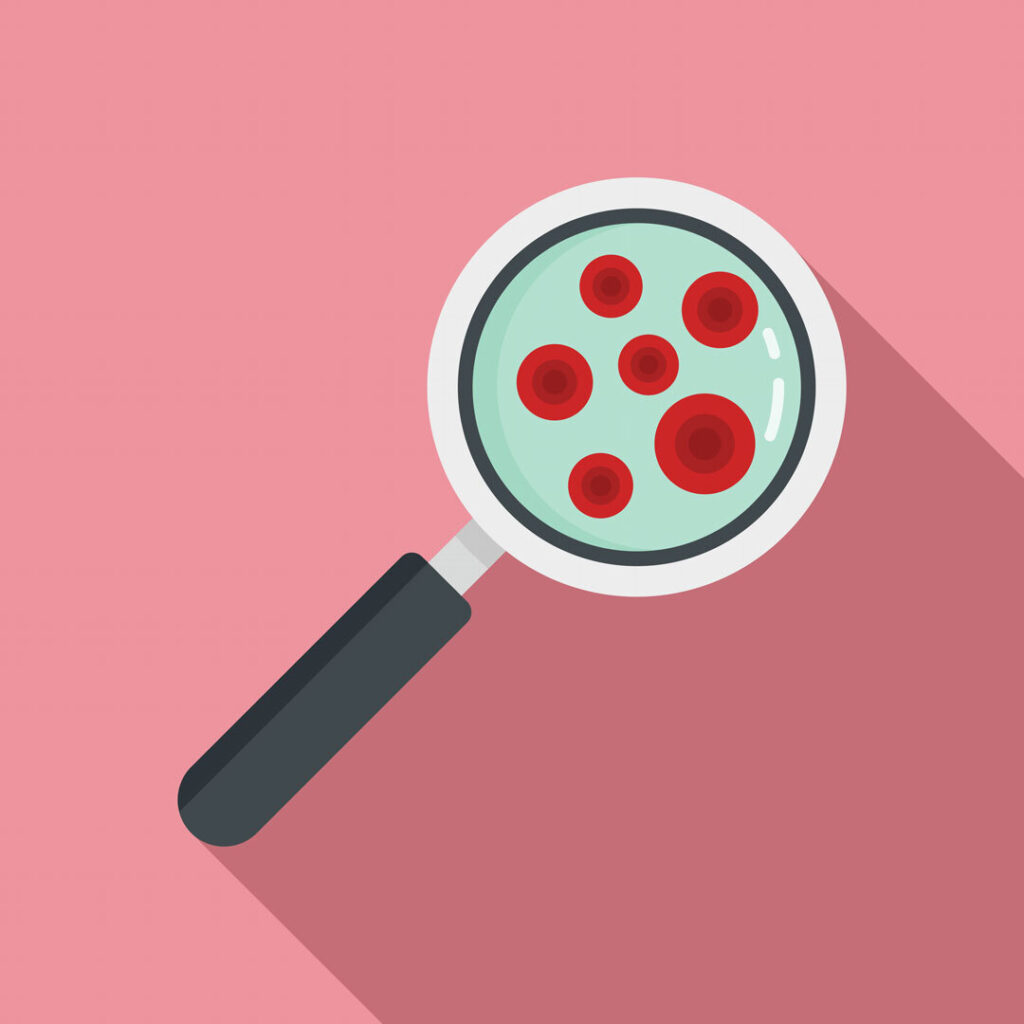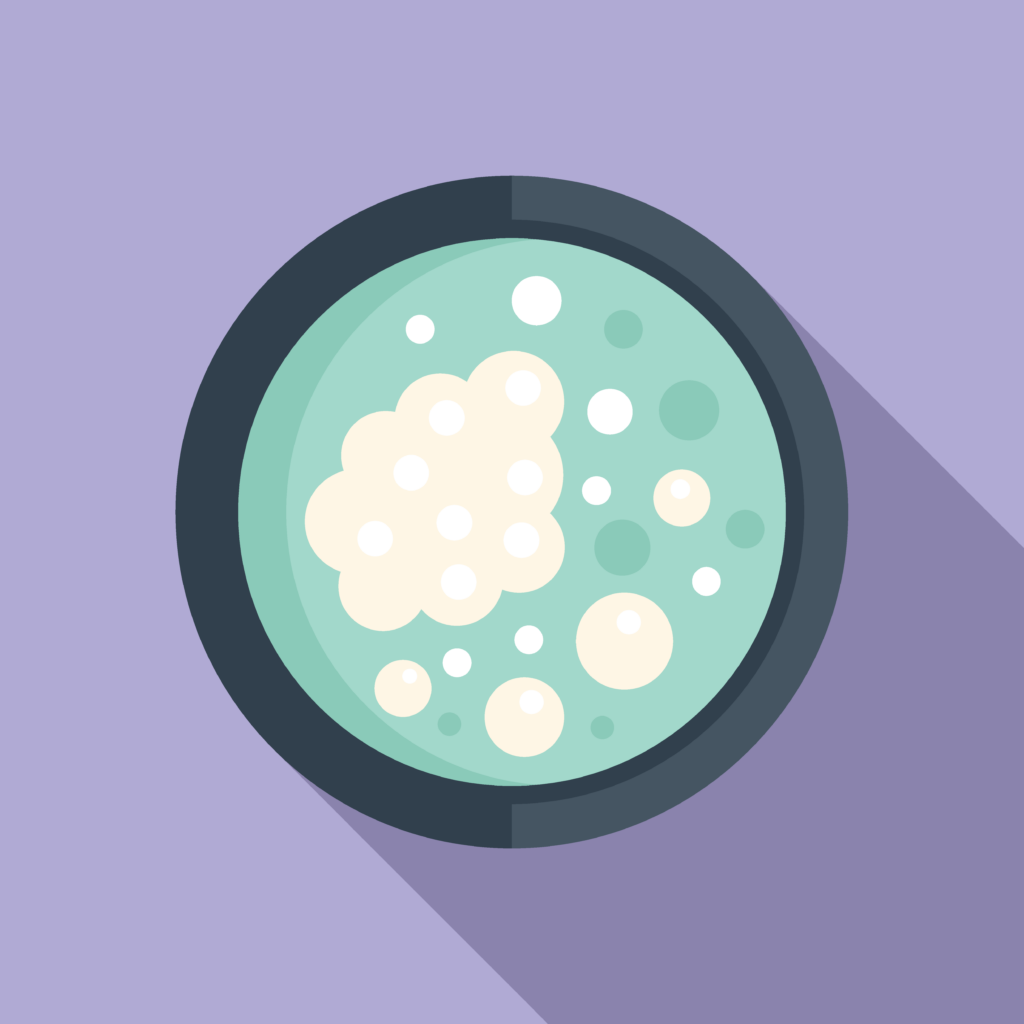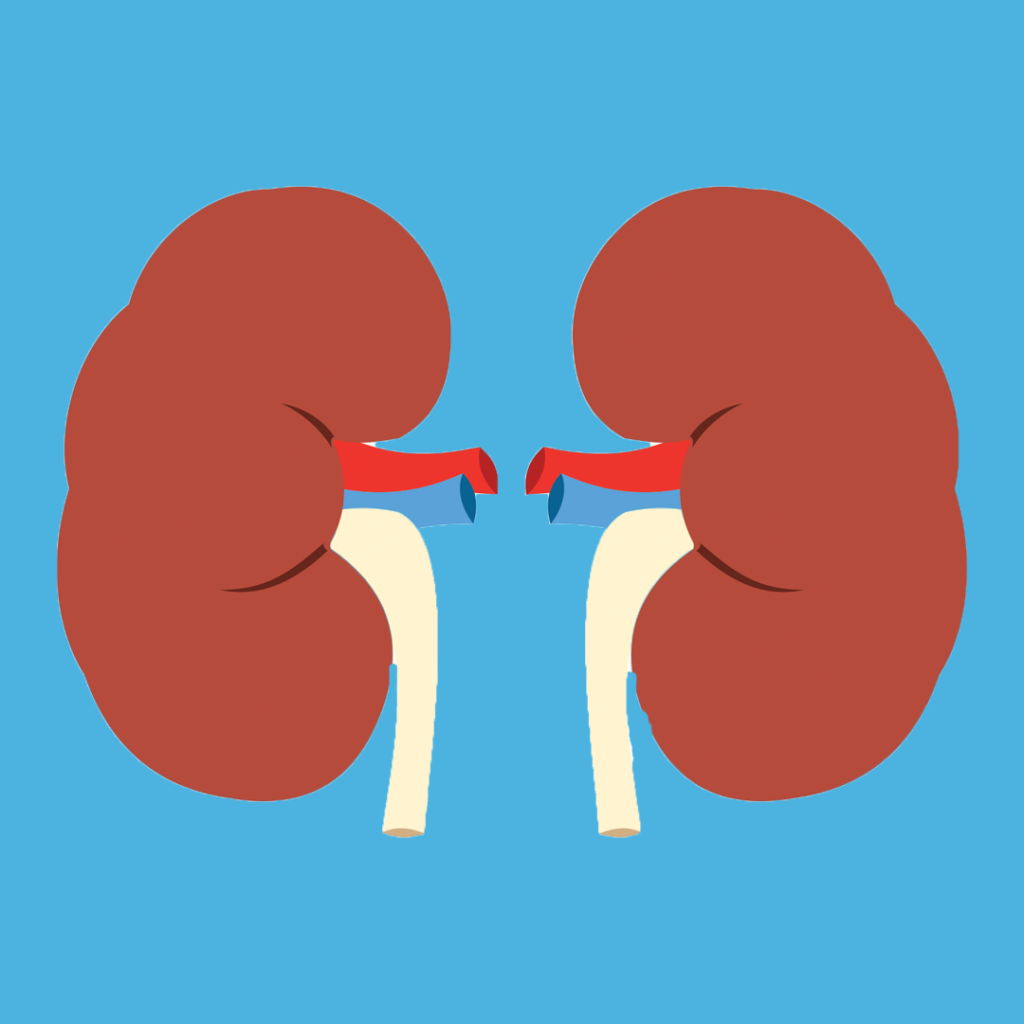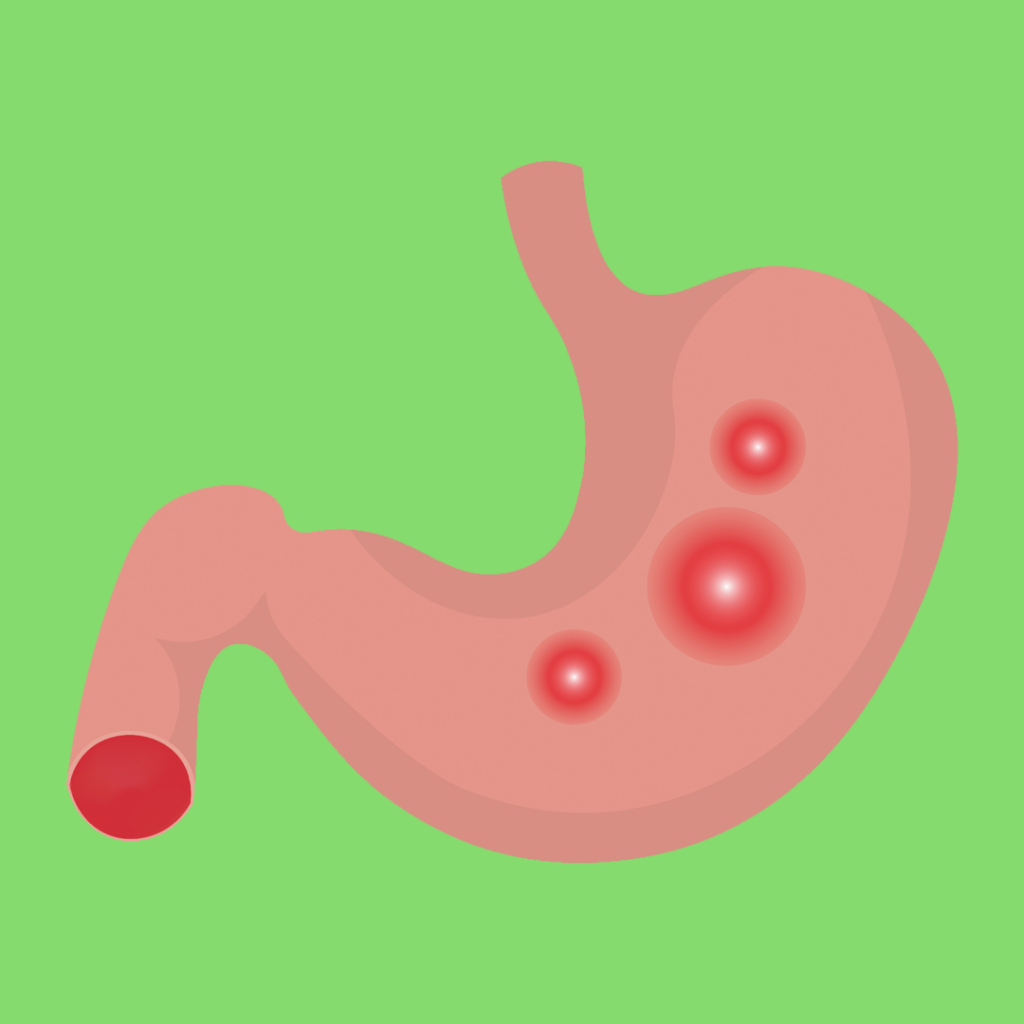Zinc and wound repair
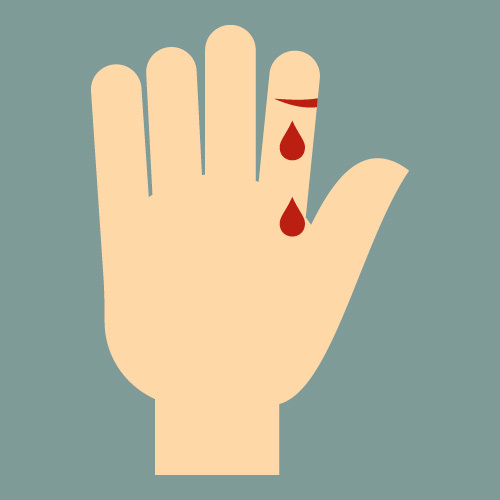
Our skin is the largest organ in our bodies and zinc plays an important role in keeping it nourished. Our skin contains up to 6% of the body’s zinc content, mostly in the epidermis, the outermost of the three layers that make up our skin’s tissue. Of course, zinc’s relative abundance in the epidermis is hardly a coincidence—even mild to moderate zinc deficiency has been shown to slow down wound healing and cause other skin conditions.
The four stages of wound healing
Imagine you’ve just fallen over and cut open your knee.
- Stage 1: Within seconds, the first thing that happens is your blood works to change from liquid to gel to prevent severe bleeding.
- Stage 2: Within minutes, the immune system starts rounding up inflammatory proteins to prevent infection.
- Stage 3: After 18–24 hours or so, cells begin to divide and regenerate to start the tissue-building process.
- Stage 4: Finally, after five to seven days, matrix remodelling and scar formation begin.
Pretty fascinating, right? What’s also fascinating is zinc’s role in all of these stages.
Zinc's role in clotting and inflammatory response
In the first stage, zinc helps platelets stick together to form a clot. In fact, the release of one of the most important platelets, alpha-granules, is dependent on how much zinc is available.
The elaborate process of inflammation to prevent infection is also dependent on zinc. Innate immune cells, such as chemokines and cytokines, are immediately elevated after a wound occurs, which triggers chemotaxis: the migration of neutrophils and other white blood cells to infected or damaged sites. This process is key to clearing the environment of cellular debris and infectious microbes.
Studies have shown that not having enough zinc can obstruct chemotaxis, as well as hinder your ability to break down pathogenic bacteria and recruit inflammatory proteins to help clear the bacteria.
Zinc's role in tissue regeneration and scar formation
Around two to three days after the wound occurs, intelligent cells called fibroblasts (which are responsible for making the collagen in your skin) enter the wound site and kickstart the tissue proliferation phase. The bed of collagen serves as a temporary scaffold for further repair, which then triggers the migration of other specialized cells to close the wound and reform skin.
Zinc is a vital cofactor for the signalling of this recruitment, as well as proteins that allow for new blood vessels to form and the epidermis to be repaired.
Finally, and perhaps most importantly, a family of enzymes called metalloproteinases (MMPs), which are crucial for all stages of wound healing, are also dependent on zinc. The coordination of MMPs is vital for tissue healing, the creation of new blood vessels, fibroblast activation, collagen deposition and scar formation.
Since MMPs rely on zinc to increase the rate at which they do their job, a zinc deficiency can cause a dysfunction in their ability to work. As a result, this leads to slow wound healing. So, increasing your zinc levels and preventing deficiency can help regulate and support MMPs, as well as speed up the wound healing process.
Preventing a zinc deficiency
There are many sources you can get your zinc from. Consider adding foods like oysters, beef, eggs, lentils and chickpeas to your diet. However, because of nutrient-depleted soils, you may not be getting enough zinc from diet alone.
You can try taking a supplement such as this one. This formula has 50mg of highly absorbable zinc bis-glycinate, along with 400mg of vitamin C, the perfect combination for supporting wound healing, connective tissue formation, and immune health.
Zinc is a versatile mineral that’s involved in many different processes within our bodies, including keeping our skin nourished. Making sure you’re getting enough zinc can help fight against oxidative stress and speed up the four stages of wound repair, so that your skin can stay healthy and look great!
